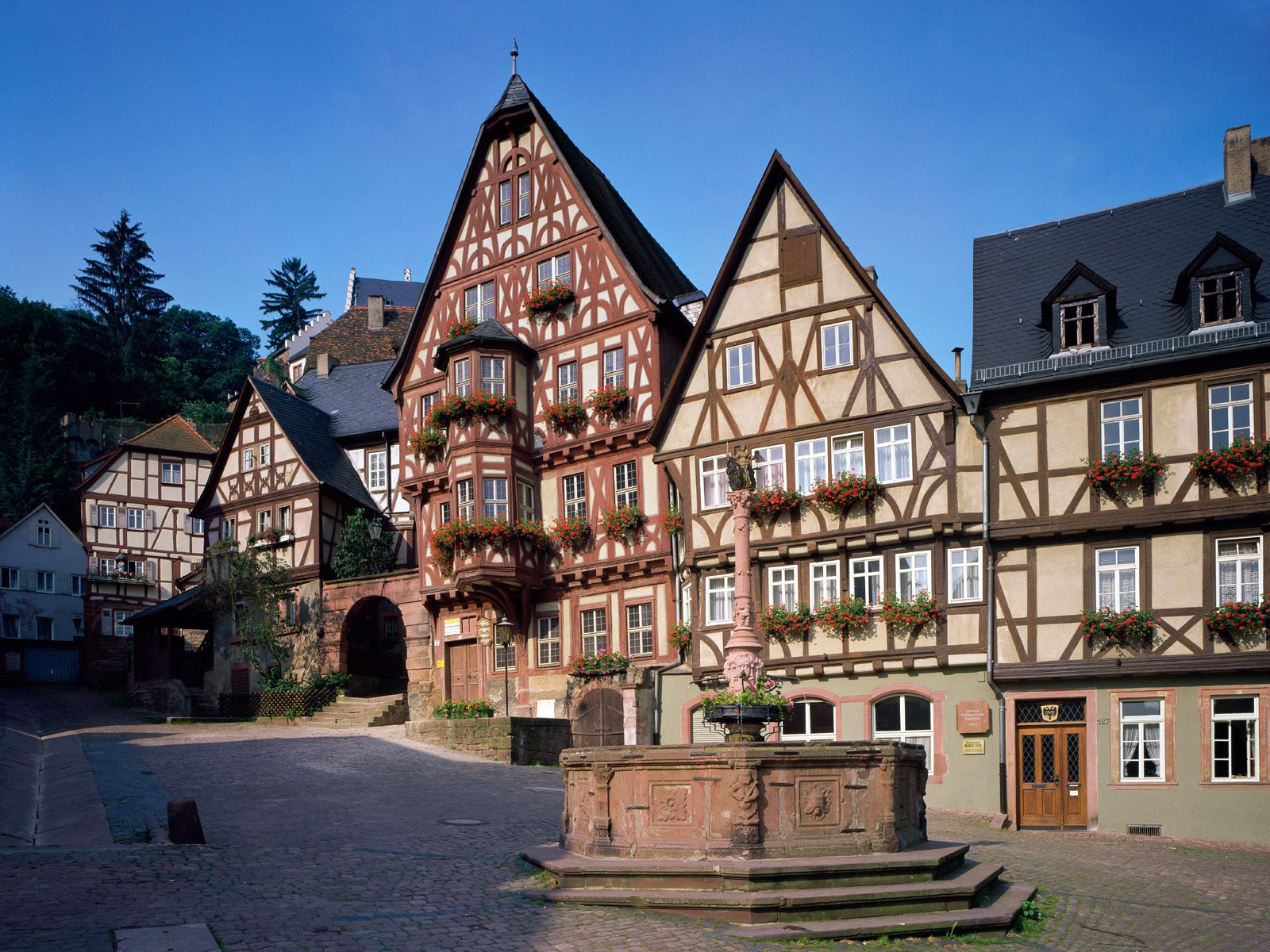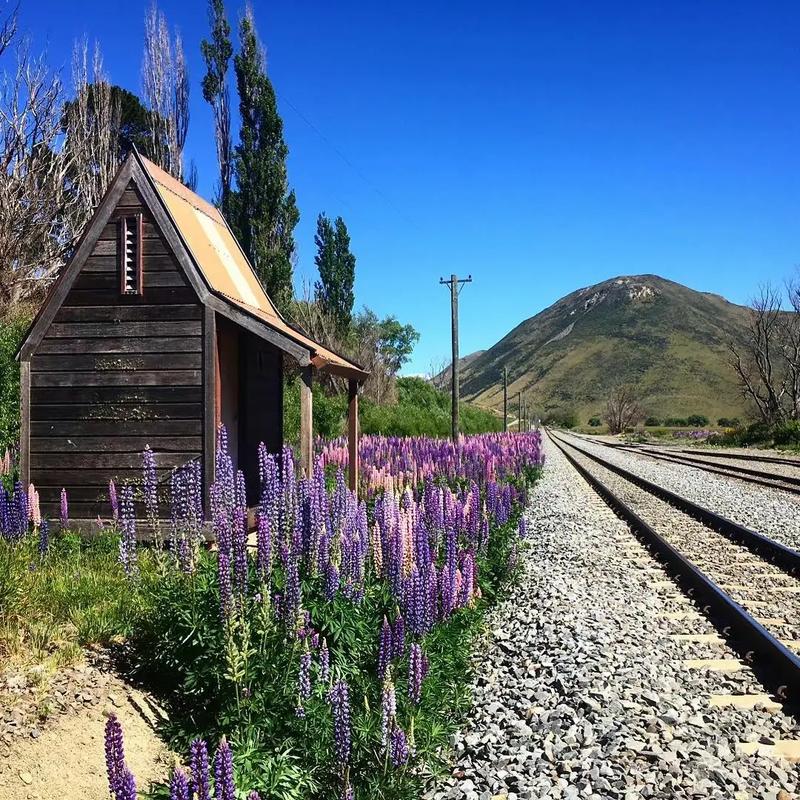Japan Travel
Miyazaki’s Aoshima Shrine: Sea Turtle Shrine Attraction
Miyazaki’s Aoshima Shrine: Sea Turtle Shrine Attraction
Nestled within the subtropical lushness of Miyazaki Prefecture on Japan’s Kyushu island lies a place that feels suspended between myth and reality. Aoshima Island, a tiny, palm-covered speck of land connected to the mainland by a slender, graceful bridge, is home to one of Japan’s most enchanting and spiritually unique sites: Aoshima Shrine, often reverently called the “Sea Turtle Shrine.”
More than just a scenic destination, Aoshima is a profound cultural and natural sanctuary where Shinto belief, powerful geology, and the ancient rhythms of marine life converge into a singular, mesmerizing experience.
The Island of the Gods: A Geological Marvel
To understand the shrine, one must first appreciate the island itself. Aoshima is not a typical landmass; it is a geological wonder. The entire island is a series of peculiar rock formations known as the “Aoshima Yamon.” These stratified waves of rock, resembling a wooden plank floor or the scales of a dragon, wrap around the island’s circumference. Geologically, they are sandstone and mudstone formed by the powerful pressure of ocean currents and tectonic shifts over millions of years. In the spiritual lexicon of Shinto, however, they are seen as the handiwork of the gods.
This natural architecture creates a palpable sense of awe, as if one is walking on a sacred, rippled tapestry woven by nature itself. The roaring Pacific Ocean crashes against these unique formations, sending spray into the air and reinforcing the feeling of being at the dynamic, living edge of the world. The island’s interior is a dense botanical garden of over 200 species of subtropical plants, including wild banyans and palm trees, their roots intertwining to form a cool, green canopy. This lushness has earned Aoshima the nickname “The Green Island of the Devil,” a moniker stemming from local legends that once believed the treacherous currents and strange landscape were the domain of a devil, later pacified and sanctified by the shrine.
Aoshima Shrine: Sanctuary of the Sea Turtle
At the heart of this mystical island stands Aoshima Shrine. Its history is steeped in legend, dating back over 1,200 years. According to the lore, the shrine was established to enshrine the deity who calmed the violent sea demon believed to inhabit the waters. The main kami (god) venerated here is Hikohohodemi-no-Mikoto (also known as Yamasachi-hiko), a figure from Japanese mythology intricately linked to the sea.
The shrine’s deep connection to sea turtles, or umigame, is what truly sets it apart. In Japanese culture, sea turtles are potent symbols of longevity, luck, and safe passage over water. They are considered divine messengers of the sea gods. This belief is powerfully embodied at Aoshima Shrine. For centuries, local fishermen and sailors have prayed here for bountiful catches and safe voyages, offerings they attribute to the protection of the turtle spirits.
The most visible manifestation of this devotion is the practice of ema. Visitors purchase small wooden votive plaques, but unlike the typical horse-shaped ema found elsewhere, Aoshima’s are painted with beautiful images of sea turtles. On these plaques, worshippers write their wishes—for success in exams, for a happy marriage, for the health of a family member—and hang them on designated racks, entrusting their hopes to the benevolent spirit of the umigame.
Furthermore, the shrine’s main hall and its surrounding structures are adorned with turtle motifs. From the carved wooden ema to the small statues and charms (omamori) for sale, the sea turtle is omnipresent, a constant, graceful reminder of the shrine’s spiritual patron.
A Ritual of Passage and Hope
A visit to Aoshima Shrine is a gentle ritual. The approach begins by crossing the bridge from the mainland, leaving the mundane behind. A path winds through the lush jungle, leading to the torii gate that marks the entrance to the sacred precinct. The sound of the ocean is a constant, low hymn in the background.

After paying respects at the main hall, visitors often partake in a specific ritual for couples and those seeking love. It is believed that if a couple can walk together around the shrine’s “Devil’s Washing Basin” – a small, water-filled hollow in the rocky coast – three times without stumbling, their love will be blessed and endure. This simple act, set against the dramatic backdrop of the swirling ocean and strange rocks, transforms a sightseeing trip into a personal pilgrimage of hope and commitment.
Conservation and Coexistence
In modern times, the role of Aoshima Shrine has expanded beyond the spiritual. It has become an inadvertent but powerful symbol of marine conservation. The waters around Aoshima are part of a protected marine park, and several species of sea turtles, most notably the loggerhead, use the nearby beaches as nesting grounds.
The shrine’s cultural veneration of these creatures fosters a deep-seated respect for them within the community and among visitors. This spiritual framework provides a compelling argument for their protection, blending ancient reverence with contemporary ecological awareness. To pray for the turtles at the shrine is to be reminded of their fragility and importance in the natural world, creating a powerful incentive for preservation. The turtles are no longer just mythological messengers; they are living treasures that must be safeguarded.
Conclusion: A Timeless Allure
Miyazaki’s Aoshima Shrine offers a rare experience. It is not a grandiose complex of towering gates and halls like Ise or Izumo. Its power is subtler, woven into the very fabric of the island. It is the power of the roaring ocean against ancient rock, the quiet whisper of prayers on turtle-shaped plaques, and the profound sense of peace under a canopy of banyan trees.
It is a place where one can witness the seamless Japanese harmony of nature and spirit, kami and creature. To visit the Sea Turtle Shrine is to participate in a centuries-old tradition of seeking blessings from the sea, to be reminded of the enduring myths that shape a culture, and to feel a genuine connection to the timeless, graceful creatures that glide through the deep blue just beyond the shore. It is a small island, but it contains a universe of faith, nature, and wonder.
相关文章
- Yamagata’s Zao Onsen: Snow Monster Hot Spring Attraction
- Japan’s Maid Cafés: Akihabara Subculture Attractions
- Okayama’s Okayama Korakuen: Historic Garden Attraction
- Japan’s Horse Racing Tracks: Equestrian Sports Attractions
- Tokyo’s Odaiba Gundam: Anime Icon Attraction
- Japan’s Doll Festivals: Hinamatsuri Attractions
- Kagoshima’s Ibusuki Onsen: Sand Bath Hot Spring Attraction
- Japan’s Table Tennis Clubs: Recreational Attractions
- Kyoto’s Nishiki Market: 400-Year-Old Food Attraction
- Japan’s Camellia Festivals: Winter Flower Attractions
发表评论
评论列表
- 这篇文章还没有收到评论,赶紧来抢沙发吧~

